Soviet and Russian military equipment in the US military and testing centers
The experience of local wars, obtained in 60-70-s, demonstrated that the armies of Western countries are not fully prepared for armed confrontation with states whose armed forces are equipped with Soviet equipment and weapons and operate according to Soviet combat regulations. In this regard, in the United States in the 1980, the program OPFOR (English Opposing force) was adopted. Within the framework of this program, the creation of special units was envisaged, which during the exercises were to represent the ground forces of the Warsaw Pact countries. In order to give more realism, the servicemen of the OPFOR units wore a uniform that was externally similar to the Soviet one, and acted on the combat regulations of the Soviet Army.
РЎРѕРіР »Р ° СЃРЅРѕ СЂР ° СЃСЃРµРєСЂРµС З РµРЅРЅС‹ Рј РјР ° териР° Р »Р ° Рј первы Рµ советские Tanks RїRѕSЃR "RμRІRѕRμRЅRЅRѕRіRѕ RїSЂRѕRoR · RІRѕRґSЃS,RІR °: RџRў Rў-76 Pd-C 54 ± P <P" Ryo RґRѕSЃS,R ° RІR "RμRЅS <RЅR ° F ° RјRμSЂRoRєR ° RЅSЃRєRoRμ RїRѕR" RoRіRѕRЅS <RєRѕRЅS PI † Rμ 60-C ... RџRѕ RІSЃRμR№ RІRoRґRoRјRѕSЃS,Ro, SЌS,Rѕ ± F C <F "Ryo S,SЂRѕS" RμRo, F · F ° C ° C RІR ... ‡ RμRЅRЅS <Rμ C ... PI RѕRґRμ ± RѕRμRІS P <C ... RґRμR№SЃS, RІРёР№ РІ Юго-Р'РѕСЃС‚РѕС З РЅРѕР№ РђР · РёРё Рё РЅР ° Р'Р »РёР¶РЅРµРј Р'остоке. СоветскР° СЏ Р ± СЂРѕРЅРµС‚РµС ... РЅРёРєР °, востР° РІР »RöR» R ° R ° RјРµСЂРёРєР ° РЅСЃРєРёС… СЃРїРµС † РёР ° Р »РёСЃС‚РѕРІ, которы Рµ отметили, С З СРРРРРРРРРРРРРРё -76, РѕР ± Р »Р ° РґР ° СЋС ‰ РёР№ С ... РѕСЂРѕС € ей РїСЂРѕС ... одимоЁстью Рё водвижноР'Р'РїРїРїРїРїРїРїРїРїРїРї »РѕР№ дистР° РЅС † РёРё, СѓСЏР · РІРёРј Рє 12,7-РјРј Р ± ронеР± РѕР№РЅС Rј RїSѓR "SЏRј, P ° R" RѕR ± RѕRІR SЏ ° F ± SЂRѕRЅSЏ Rў-SѓRІRμSЂRμRЅRЅRѕ RїSЂRѕR ± 54 ° RoRІR RμS,SЃSЏ RјRμSЂRoRєR ° F 90 ° RЅSЃRєRoRјRo Ryo 105 ° RјRј S,R RЅRєRѕRІS <RјRo RѕSЂSѓRґRoSЏRјRo. РџСЂРёС † елы Рё СЂР ° диостР° РЅС † РёРё, устР° РЅРѕРІР »РµРЅРЅС‹ Рµ РЅР ° СЃРѕРІРµС‚СЃРєРёС ... тР° РЅРЃРЃР °Р °Р °Р °Р °РЅРЅР °Р °Р °РЅРЅР °Р °Р °Р °РЅРЅРЅРЅРЅРЅРЅРЅРЅРЅРЅР °Р °РЅРЅРЅРЅРЅ СЂРµРІС € РёРјРё, Р ° СѓСЃР »РѕРІРёСЏ РѕР ± итР° емости СЃРїР ° ртР° РЅСЃРєРёРјРё. R 'S‚Рѕ же RІСЂРµРјСЏ, Р ± С ‹Р» Рѕ РѕС‚РјРµС З РµРЅРѕ, С З С‚Рѕ советскР° СЏ Р ± СЂРѕРЅРµС‚РµС ... РЅРёРєРѓРЂРЂРЂРЂРЂРЂРЂРЂРЂРЂРЂРЂРЂРЂРЂРЂРЂРЂРЂРЂРЂРЂРЂРЂРЂРЂРЂРЂРЂРЂРЂРѓРЂРѓРЂРѓРЂРѓРЂРЂРѓРѓРЂРѓРЂРѓРѓРѓРѓРѓРѓРѓРѓРѓРѓРѓРѓРѓРѓРѓРІР СЃРѕРєРѕР№ РєРІР ° Р »РёС„ РёРєР ° С † РёРё СЌРєРёРїР ° жей Рё Р »РµРіРєРѕ ремонтируется. P 'SЃR "‰ RμRґSѓSЋS RoR№ SЂR RІRѕR ° F · · · RјRѕR¶RЅRѕSЃS,SЊ RѕR RЅR RєRѕRјRoS,SЊSЃSЏ SЃ ° F ± RѕR" RμRμ SЃRѕRІSЂRμRјRμRЅRЅS <RјRo RѕR ± SЂR ° F † C · ° F RјRo S,RμS ... RЅRoRєRo Ryo RІRѕRѕSЂSѓR¶RμRЅRoSЏ Sѓ ° F RјRμSЂRoRєR ° RЅS RμRІ RїRѕSЏRІRoR † "° F SЃSЊ RїRѕSЃR" Rμ RїRѕSЂR R¶RμRЅRoSЏ ° F ° SЂR ° F ± SЃRєRѕR№ RєRѕR ° F »† Roes RoRo PI R'RѕR№RЅRμ RЎSѓRґRЅRѕRіRѕ RґRЅSЏ. АмерикР° РЅС † ев РѕСЃРѕР ± енно интересовР° Р »Рё Р ± оевы Рµ РІРѕР · можносСРРР °Р °Р °Р °Р °Р ° С № PI RјRoSЂRμ ° F ± SЂRѕRЅRoSЂRѕRІR RЅRЅRѕR№ RјR ° C € RoRЅRѕR№, RѕSЃRЅR ° C ‰ RμRЅRЅRѕR№ 62 RјRј RіR "P ° RґRєRѕSЃS,RІRѕR" SЊRЅRѕR№ RїSѓS € RєRѕR№. РџРѕРјРёРјРѕР С С‚Р ° РЅРєРѕРІ Рў-115 Рё Рў-55 РѕС ‚Р Р · СЂР ° РёР» СЏ Р ± С ‹Р» Рё РїРѕР »СѓС З РµРЅС‹ Р'РўР -62, РџРўР Рљ В “Рњњ юткР° В ”, СЌР» РµРјРµРЅС‚С ‹Р — Р Рљ РЎ-60 Рё СЂР ° РґРёРѕР» РѕРєР ° С † РёРѕРЅРЅР ° СЏ стР° РЅС † РёСЏ Рџ-75.
After testing driving performance and weapons, captured Soviet tanks were used at the Eglin training ground during the testing of aircraft weapons of the A-10A Thunderbolt II attack aircraft. One T-62 was shot by shells with uranium cores from aviation 30 mm guns GAU-8 / A. Another tank with a working engine received a direct hit by an air-to-surface missile AGM-65 Maverick with a thermal homing head.
In principle, the Israelis were ready to provide the American units, depicting the "bad guys" in the exercises, with the necessary number of armored vehicles in exchange for supplies weapons. However, the Americans were not ready to exploit Soviet-made tanks and infantry fighting vehicles in everyday conditions. In addition to retraining personnel, it was necessary to solve the problem of the supply of consumables and spare parts. As a result, the large-scale use of Soviet-made heavy armored vehicles was abandoned at the first stage, with limited use of the BDRM-2 patrol reconnaissance vehicles, the BTR-60PB armored personnel carriers and the PT-76 amphibious tanks.
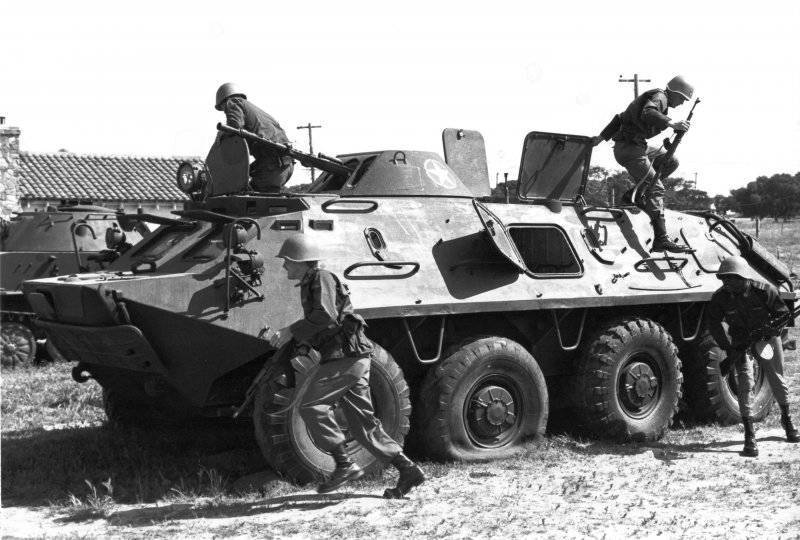
After the conclusion of the Camp David Agreement and the signing of a peace treaty between Egypt and Israel, the rapprochement of Egypt with the United States began. In exchange for military and economic assistance, Anwar Sadat authorized the delivery to the United States of military equipment received from the USSR. Among other things, the BMP-1 infantry combat vehicle equipped with a 73-mm smooth-bore gun launcher and the Malyutka ATGM went to the USA.
A detailed study of the Soviet BMP-1 led to the fact that the Americans installed the M2 Bushmaster 25-mm M242 Bushmaster cannon penetrating the frontal defense of the Soviet machine on the MXNUMX Bradley Bradley BMP, which was being created in the USA, and increased the level of security in the frontal projection by using spaced armor.
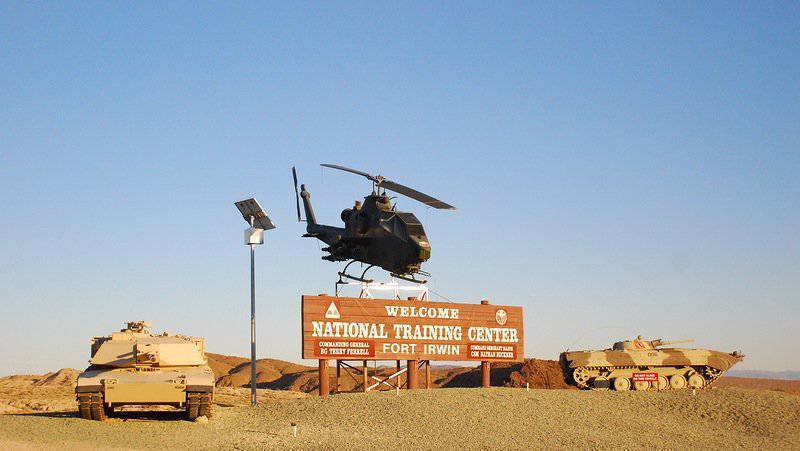
A sign at the entrance to Fort Irvine, next to the American tank M1 Abrams and the combat helicopter AN-1 Cobra installed Soviet BMP-1
The first large American division, which was assigned to play for the Reds during maneuvers, was the “32 Guards Motorized Rifle Regiment” formed on the basis of the 177 Armored Brigade at the US Army Training Center - Fort Irvine in California. But since the daily operation of Soviet-made armored vehicles was associated with a number of problems and it was necessary to ensure the conduct of exercises with the participation of large units, it was decided to use "make up" American equipment, well mastered by the troops.
By the end of the 70's, a large surplus of light floating M551 General Sheridan airborne tanks was formed in the American army. Since 1966, this machine has been in service with US intelligence and airborne units. The tank was armed with short-barreled 152-mm gun-launcher, from which it was possible to fire high-explosive fragmentation shells and MGM-51 Shillelagh anti-tank guided missile systems. However, the experience of the operation and combat use of Sheridan tanks revealed many flaws and after about 10 years after they were put into service, they began to be taken out of line units and transferred to storage. By 1980, more than 1000 light tanks accumulated in warehouses, some of which were decided to be used to create VISMOD (visually modified — visually modified military equipment to imitate enemy forces).
As a result, several dozen futuristic-looking imitations of Soviet T-72, BMP-1, ZSU-23-4 Shilka and Gvozdika self-propelled guns were born. Despite the strange and sometimes ugly appearance, the converted Sheridans were actively used during maneuvers held in the Mojave Desert, up to the full development of the resource in the middle of the 90's. According to the American data, a significant part of the modified light tanks had a laser apparatus, which allowed to imitate the fire from cannons and machine guns.
In addition to the Sheridans, several all-wheel drive HMMWV vehicles were reworked, which they tried to give to the outline of Soviet armored patrol reconnaissance vehicles. However, it turned out even worse than with the reconstruction of the appearance of tracked Soviet armored vehicles.
As the resource was developed and the M551 light tanks were decommissioned, other US-made armored vehicles were used. In particular, at least one VISMOD simulating the Shilka ZSU-23-4 was created based on the X-NUMX-mm howitzer M-155.
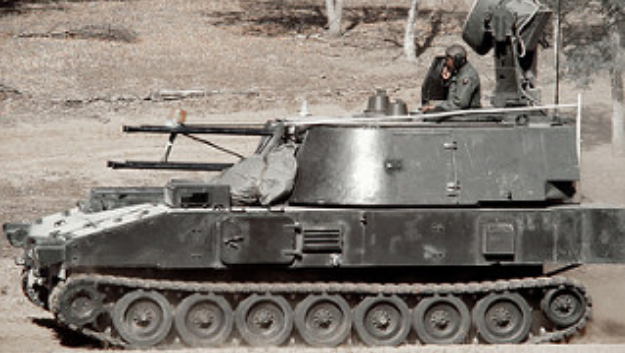
From the mid-90-x to participate in the maneuvers began to massively "make up" the M113 BTR and the M2 Bradley infantry fighting vehicles. As part of the 11 th armored cavalry regiment stationed in Fort Irvine, one battalion was fully equipped with “visually similar” machines depicting T-72 and BMP-2. By 1998, the new VISMOD completely replaced all vehicles based on M551 General Sheridan tanks.
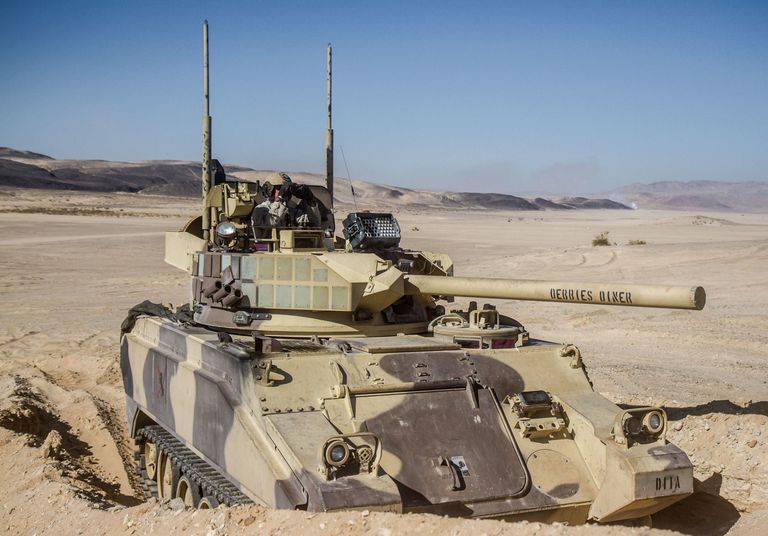
For the creation of VISMOD, fiberglass and epoxy resin were mainly used, which made it possible to reduce costs and, in case of damage during maneuvers, quickly restore the appearance. In addition, the machines acting on the exercises for the "red", received a set of laser simulators shooting, fixing laser radiation and pyrotechnic devices, reproducing the firing of weapons and visual effects with the defeat of armored vehicles. This made it possible to implement various scenarios of exercises and bring the situation closer to combat.
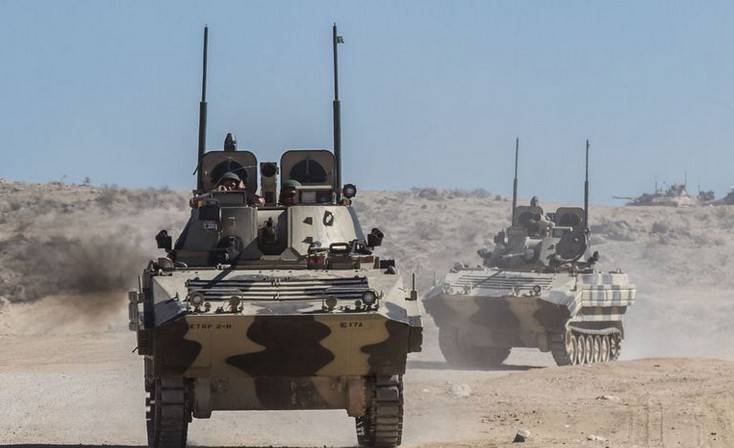
Machines created on the basis of M551, М109 and М113, of course, externally differed from the American armored vehicles used by linear units, but still had not so much similarity with the Soviet tanks and infantry fighting vehicles. The closest to the appearance of the BMP-2 was a “visually similar pattern”, created on the basis of the Bradley BMP. To distinguish these machines visually from the Soviet prototype can be on a higher silhouette. Otherwise, thanks to the ribbed frontal part, the onboard screens and the modified turret, a high visual similarity was achieved.
The nineties of the last century became the "golden time" for American experts in the study of equipment and weapons of a potential enemy. After the liquidation of the Warsaw Pact and the collapse of the Soviet Union, the United States had unprecedented opportunities for a detailed acquaintance with various Soviet-made models. At the end of the 80, Americans could not even imagine that in a few years the most modern Soviet armored vehicles, fighters, air defense systems and communications would be at their disposal. The countries that formerly belonged to the sphere of influence of the USSR, trying to secure the favor of the victors in the Cold War, the United States, vied with each other in a hurry to share military and technological secrets. However, the authorities of the “new Russia” in this respect were not very different from the governments of countries that had previously been members of the Warsaw Pact and the former Soviet republics. Of particular interest in NATO was the T-80U tank with a gas turbine engine. Unlike the T-72, this vehicle was not supplied to the Allies in the ATS. In 1992, through the Russian organization Spetsvneshtekhnika, the United Kingdom bought one T-10,7U and one ZRPK Tunguska with ammunition and consumables for $ 80 million. In the same year, the British transferred these cars to the United States. In 1994, four T-80s were sold to Morocco, but as it turned out soon, these tanks did not reach the shores of North Africa, eventually ending up in American test sites.
Since 1996, T-80 tanks have been supplied to Cyprus, Egypt and the Republic of Korea. Thus, the South Korean armed forces received 80 T-80U and T-80UK with Agave-2 thermal imagers and Shtorra anti-tank missile counter-attack systems.
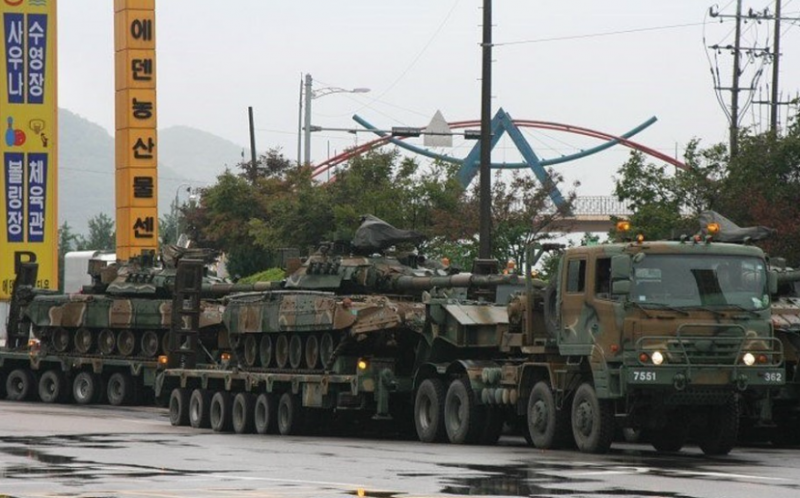
Also at the disposal of the South Korean military has 70 BMP-3 and 33 BTR-80. Russian-made combat vehicles were used several times during South Korean-American joint military exercises.
BMP-1 "32 Guards Motorized Rifle Regiment" at the site in the vicinity of Fort Irwin
Access to the most modern Russian armored vehicles allowed not only to study in detail the samples of interest and to work out the means of counteraction, but to the extent necessary to equip the units of the “aggressors” speaking at the exercises for the enemy. Operation of the Soviet and Russian military equipment was greatly facilitated by the fact that the Americans also had the necessary technical documentation and spare parts.
In addition to the US Army, Soviet armored vehicles began to be used in the exercises by the Marine Corps, as the American marines, who were the “quick response” forces in local conflicts, had a much higher risk of collision with an enemy equipped with Soviet weapons than the Ground Forces. T-72 tanks from the composition of the former GDR army, Polish and Czech production, as well as those captured in Iraq, appeared at the ranges of Fort Stewart and China Lake.
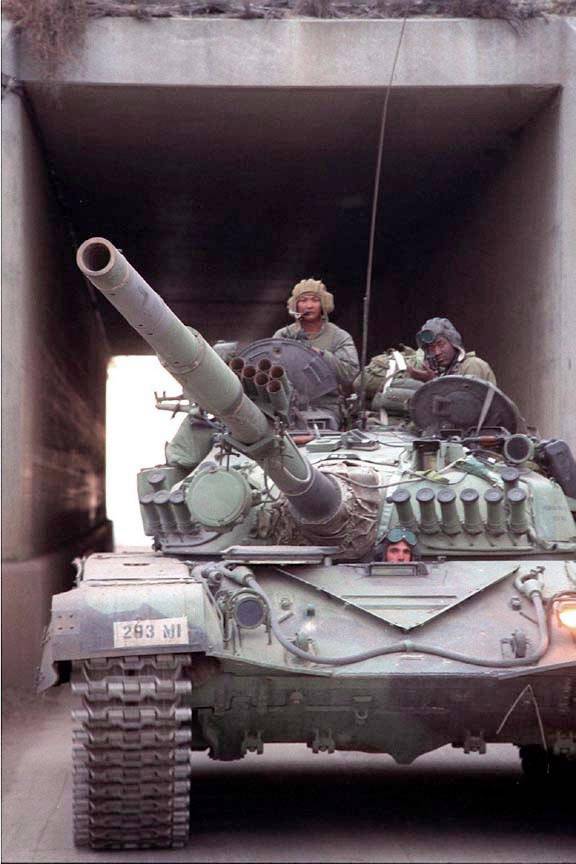
Marines of the 3-th amphibious-assault battalion of the 1 division of the ILC use T-72 to designate the enemy
The T-72, BMP-1 and BMP-2 tanks are operated on a permanent basis in the 3 amphibious assault battalion of the 1 Division of the USCM based in Camp Pendleton, California. Armored vehicles captured in Iraq, is in excess of the states and is used at the test site at the place of permanent deployment. Maintaining it in working condition is carried out by repair services of the division.
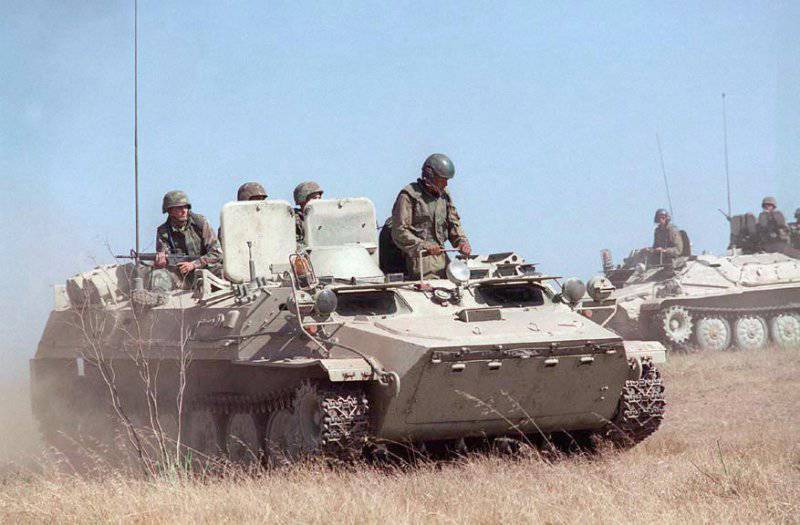
In addition to the T-72, BMP-1 and BMP-2, there are a noticeable number of lightly armored MT-LB units in the “aggressor” units of the US Army and Marine Corps. This tracked light armored vehicle, thanks to its good driving characteristics and high maintainability, is even more popular in the US military than Soviet tanks, infantry fighting vehicles and armored personnel carriers.
Special mention deserves the Soviet tactical and tactical missile systems, which the Americans in combat conditions first encountered in the 1991 year during the anti-Iraq campaign. US media bypasses the topic of testing in the US OTRK 9K72 "Elbrus" with the rocket 8K-14 (P-17). It is known that in the past a number of anti-missile systems were tested on the “simulators” of the P-17 missiles. Nevertheless, there are “Elbrus” on the American test sites, which is irrefutably testified by satellite images published in free access. In 70-80, the Elbrus OTRK, known in the west as Scud B, was widely supplied to the allies of the USSR and used in a number of regional conflicts.
Satellite image of Gооgle Еrth: Elbrus OTRK mobile launchers with Р-17 missiles at the Eglin range in Florida, alongside Soviet tanks
In place of the Scud with a liquid rocket in the USSR, the OTK 9K79 “Point” was created with a solid-fuel rocket on a three-axis floating chassis. Before the collapse of the Eastern Bloc, these complexes were supplied to Bulgaria, Poland, and Czechoslovakia, and also went with the division of the Soviet military property to “independent republics”. There is no doubt that Americans have thoroughly studied this quite modern, even by today's standards, missile system.
If the training of calculations of army air defense units could be carried out without problems on planes of American tactical and carrier-based aviation, which, when flying at low altitudes, did not differ from the Soviet MiGs and Su in their characteristics, then with reproduction Mi-24 attack helicopters and Mi-8 transport combat helicopters were much more difficult.
At first, several JUH-8H helicopters converted from Bell UH-1Н Iroquois were used to simulate the Mi-1. The helicopter carried atypical camouflage for US Army aircraft, and its nose was modified. At the end of the 80-x on the pylons of the modified "Iroquois" placed laser equipment simulating the use of aircraft weapons, and on the armored vehicles involved in the exercises, installed sensors associated with pyrotechnic devices that worked in the event of "hitting" the tank or BMP.
Judging by the dating of photos taken at Edwards and China Lake airbases, which are located in close proximity to the Fort Irwin training center, some JUH-1H helicopters were used in the 21 century.
The overhauled Iroquois was quite successfully used to train the crews of armored vehicles and the anti-aircraft calculations of the army mobile air defense systems Chaparel-Vulcan and Evenger that protected them. However, the command of the Ground Forces wanted to have a helicopter, visually similar to the Soviet Mi-24, which the Americans rated very high. To this end, in the middle of 80-x, a contract was signed with Orlando Helicopter Airways for the development of a radio-controlled helicopter target, externally similar to the Mi-24, which could be used for firing projectiles and missiles. For re-equipment used helicopters Sikorsky S-55 Chickasaw, taken from storage in Davis-Montana. During the conversion of the outdated piston engine helicopter, which initially had a layout similar to the Mi-4, radically changed the appearance.

The radio-controlled helicopter, designated QS-55, was provided with maximum external similarity with the Mi-24P. A helicopter 30-mm gun GSH-30K was installed on the starboard side of the helicopter, and an influx appeared from below, recreating the “beard” of the sight-sight system. For the first converted QS-55, for increased reliability, mannequins were placed in sham booths. For the ferry of the helicopter, regular controls were saved to the place of use, but the view from the cockpit became much worse.
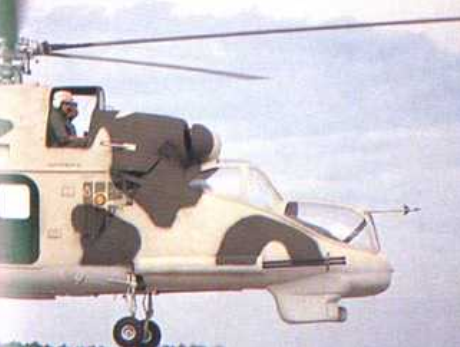
According to American sources, the company Orlando Helicopter Airways retooled 1990 QS-15 in total up to 55, most of which were shot in the air for several years during combat preparation of air defense crews and crews of AN-64 Apache combat helicopters. Two helicopters QS-55 lost during a flight accident. Subsequently, the Americans used in the training of anti-aircraft calculations reduced in 10 times radio-controlled models of attack helicopters Mi-24, which turned out to be significantly cheaper than reworking the targets of the machines taken from the storage base.
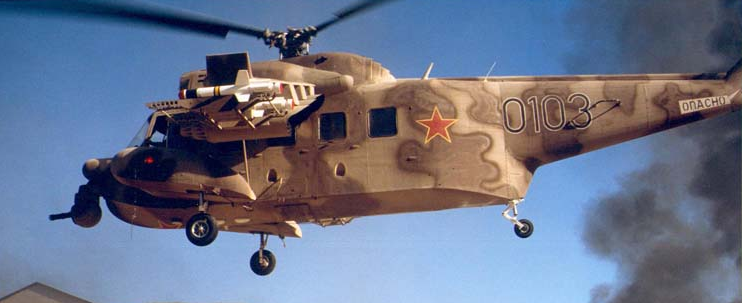
In addition to radio-controlled targets in the American army in 80-90-ies, Sikorsky SH-24 Sea King amphibious helicopters and French Aérospatiale SA 3 Puma, converted by VISMOD by Total Helicopter Company, were used to designate the Mi-330. Subsequently, these cars were shot in the films "Red Scorpion" and "Rambo 3".
Close to explore the Mi-25 (export version of the Mi-25D) Americans succeeded in the second half of the 80-s, after the Libyan Air Force helicopter made an emergency landing in an area controlled by the French Foreign Legion in Chad. The combat helicopter was dismantled, delivered to the airfield and evacuated by a military transport plane. Then the American specialists did not succeed in completely recovering and removing the Mi-25 flight data. However, they had the opportunity to assess the security, the characteristics of the sight-sight equipment and weapons. In 1991, several Iraqi Mi-25s were captured during Operation Desert Storm.
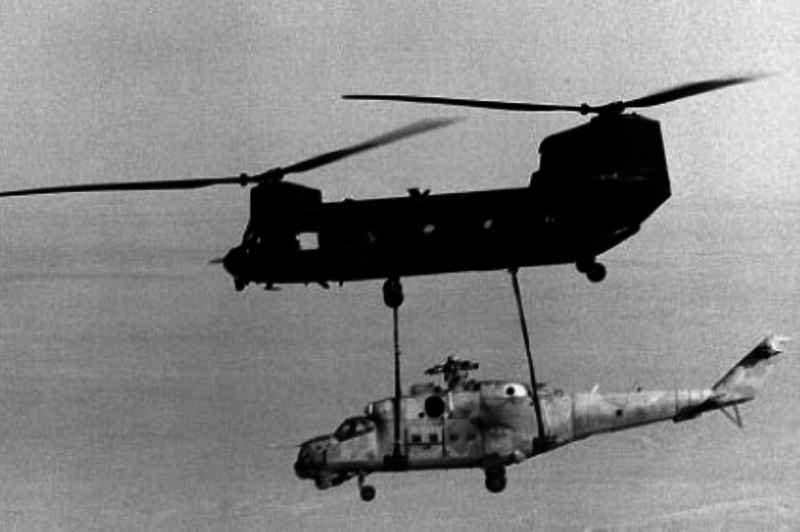
After dismantling the main and tail rotors, Iraqi helicopters were evacuated by American heavy military transport helicopters Boeing CH-47 Chinook. However, Mi-25, captured in 1991 during the Gulf War, were in poor technical condition and could not give a complete picture of their capabilities.
However, no war trophies could not be compared with the possibilities that opened after the fall of the communist system in Eastern Europe. First of all, the equipment and weapons of the former People's Army of the GDR were at the disposal of the Americans, and a significant part of the East German "crocodiles" turned out to be on American proving grounds and in research centers. Together with several Mi-8 and Mi-24 helicopters in the United States, a set of technical documentation and spare parts was sent. After that, the need for "visually similar" with the Mi-24 helicopters in the American armed forces disappeared.
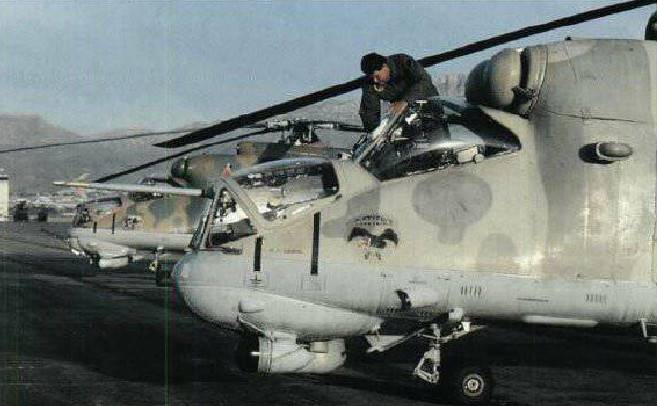
A squadron equipped with Soviet-made helicopters was deployed at Fort Bliss military base in Texas in 2006. Mi-24 helicopters were involved in the organization of the training process of the 1 armored division and anti-aircraft units deployed in the area, as well as during “joint maneuvering” with the American Super Cobra and Apache.
Satellite image of Gооgle Еrth: Soviet-made Mi-8 and Mi-24 combat helicopters based on Fort Bliss, taken in May 2008
As is known, the Soviet anti-aircraft missile systems in 60-70-s had a significant impact on the course of hostilities in Southeast Asia in the Middle East. And because the Americans during the years of the "cold war" paid great attention to the training of their pilots evading anti-aircraft missiles and developing radio jamming stations. At the sites located in the vicinity of large American air bases, there were mock-ups of Soviet air defense systems, as well as simulators of the work of guidance stations and radars. Traditionally, special attention has been paid to countering the widespread C-75 medium-range complexes.
However, the C-75 had limited opportunities to defeat low-altitude and targets maneuvering with large overloads; in this respect, the C-125 and Kvadrat SAM systems posed a much greater danger to American tactical and carrier-based aviation. Apparently, as in the case of the MiG-23 fighter, the opportunity for Americans to familiarize themselves with the Soviet low-altitude and mobile military complexes appeared in the first half of the 80-s after the start of close military-technical cooperation between the USA and Egypt. In addition, in 1986, the French managed to seize the Libyan "Square" in Chad.
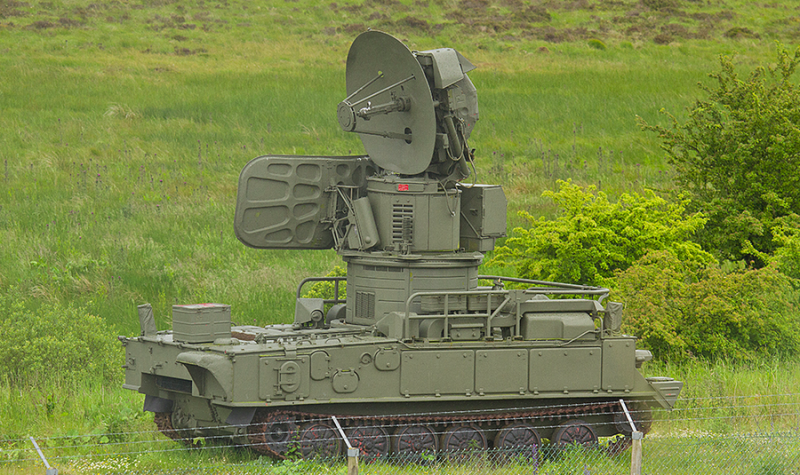
American specialists were especially interested in the characteristics of the guidance stations and the modes of operation of the anti-aircraft missile radio-bombers. A thorough study of these parameters allowed us to create a number of sufficiently effective jamming stations suspended on combat aircraft in a container version.
In 1991, the Osa-AK self-propelled short-range air defense system appeared at the White Sands range in New Mexico. From where it was delivered and in what technical condition it is not known.
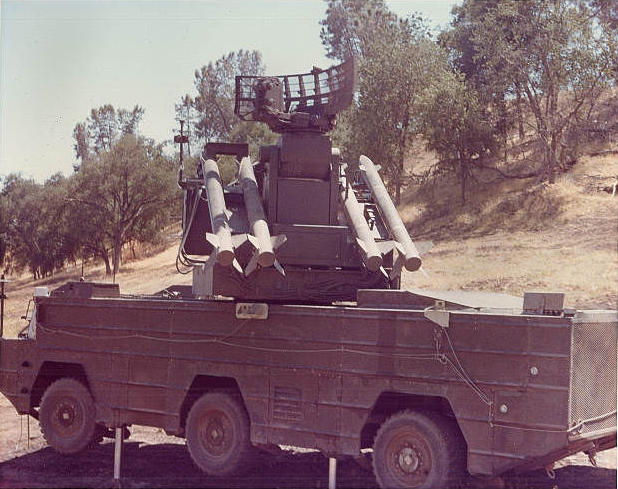
After the unification of Germany, the air defense system, inherited from the GDR, became the object of close attention of Western experts. In the second half of 1992, two German Osa-AKM air defense systems with combat missiles, a transporting vehicle and a set of technical documentation were delivered to the Eglin airbase by military transport aircraft. German calculations arrived along with mobile anti-aircraft missile systems. According to the published information, field tests with real launches on air targets in Florida lasted more than two months, and several air targets were shot down during the shooting.
Following the German OSA “Osa” from the Eastern European countries that were members of the Warsaw Pact, anti-aircraft complexes were delivered: C-75М3, С-125М1, Krug, Kvadrat, Strela-10 and Strela-1, ZSU -23-4, as well as MANPADS "Strela-3" and "Needle-1".
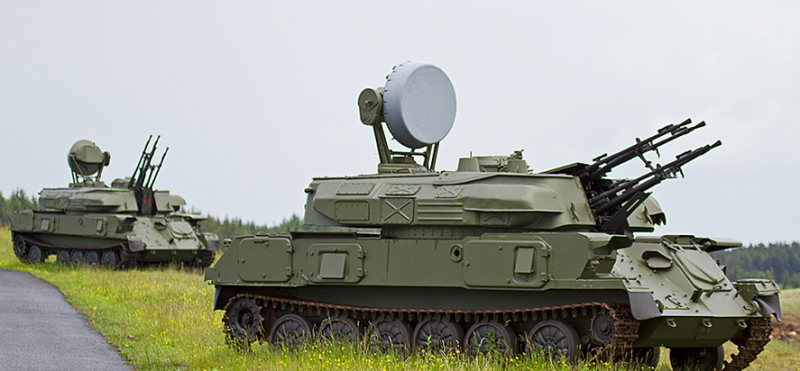
All of them were tested at test sites in Nevada, New Mexico and Florida. Also, Americans were very interested in the characteristics of Soviet radars in terms of the possibility of detecting aircraft at low altitudes and using the technology of low radar visibility. With real flights in 90 in the USA, surveillance radars were checked: P-15, P-18, P-19, P-37, P-40 and 35-6. The study of the electronics of the Soviet air defense system and radar was carried out by specialists from the laboratory of the US Department of Defense Redstone Arsenal in Huntsville (Alabama).
Before the liquidation of the Warsaw Pact, the Soviet Union managed to deliver C-XNUMPPMU anti-aircraft missile systems (export version C-300PS) to Czechoslovakia and Bulgaria, and experts from NATO countries had the opportunity to familiarize themselves with them. But the leadership of these countries refused to provide modern American for their time air defense systems at the American test sites. As a result, the Americans purchased separately in Russia, Belarus and Kazakhstan elements of the C-300P and C-300В anti-aircraft missile systems, as well as the 300D35 radar, which was part of the C-6PS regimental set. At first, the radar tools were thoroughly tested at the Tonopah training ground in Nevada, and then used during various military exercises of the Air Force, Navy, and USMC.
Satellite image of Google Earth: elements of a C-300PS air defense system at the Tonop site
According to information published in open sources, in 2008, at the Eglin site, the Kupol target detection station and self-propelled firing system, which are part of the Buk-M1 system, were observed. From which country these combat vehicles were delivered to the USA is not known. Possible importers may be: Greece, Georgia, Ukraine and Finland.
A large collection of the most varied Soviet and Russian military equipment and weapons has been assembled at American test sites, research laboratories and test centers. The largest storage area for armored vehicles, artillery systems and air defense systems of a potential enemy in the United States is the southeastern part of the Eglin range in Florida.
Satellite image of Gооgle Еrth: base of storage of military equipment of Soviet and Russian production at the Eglin range
On the basis of storage in addition to artillery installations, multiple rocket launchers, tanks, armored personnel carriers and infantry fighting vehicles, there are elements of various modifications of the C-75 and C-125 anti-aircraft missile systems, Strela-1, Strela-10 mobile air defense systems, “ Wasp "," Circle "and" Square ", ZSU-23-4" Shilka "and ZRPK" Tunguska ", elements of the C-300PS anti-aircraft missile system, П-18, П-19, П-37 and П-40 radars .
Satellite image Gооgle Еrth: imitation of the position of the air defense system at the site of Avon Park in Florida. In the center there is a station with a parabolic antenna reproducing the modes of operation of the Soviet air defense missiles.
As already mentioned, from the very beginning, the Americans showed great interest in Soviet radar, air defense missile guidance stations and the delivery of anti-aircraft artillery target designation. The main reason for this interest was the desire to gain access to the characteristics of the detection range, noise immunity, operating frequencies and combat modes. Knowing all this, it was possible to create equipment jamming, designed to suppress surveillance radars, gun guidance stations and air defense systems. And also to give recommendations to pilots of long-range, tactical and deck-based aviation participating in airstrikes on countries with Soviet and Russian air defense assets.
Satellite image Gооgle Еrth: Soviet-made equipment at the Avon Park training ground. In the same row from left to right: Osa-AKM short-range air defense system, Elbrus self-propelled self-propelled launcher with OTP P-17, Kvadrat mobile air defense system, armored personnel carriers and Shilka ZSU-23-4. Behind at the site simulators of the regimes of the SNR of Soviet air defense systems
At the first stage, American pilots trained on real-world radars and guidance stations of Soviet-made anti-aircraft complexes. However, American specialists soon encountered difficulties in maintaining the equipment built in the USSR in working condition. Readers who served in the Air Defense Forces of the USSR will surely remember how time-consuming the routine maintenance of the first generation of anti-aircraft missile systems, radar and radio altimeters. As is known, equipment made with extensive use of vacuum elements requires constant attention: fine tuning, adjustment and warming up. Radars, stations of guidance and illumination of the purpose were completed by the ZIP with an impressive stock of electronic lamps as they quickly lose the characteristics in the course of work and actually are an expendable material. In addition to the purchase of spare parts, the Americans needed to translate mountains of technical literature or attract foreign specialists who had previously worked on Soviet technology, which was undesirable because it could lead to leakage of confidential information. In this regard, at the first stage, it was decided to partially transfer the existing Soviet-made anti-aircraft missile guidance stations to a new solid-state element base, while maintaining the operating frequencies and combat modes. The task was facilitated by the fact that the available radio equipment was not intended for real launches of anti-aircraft missiles, but had to be involved in the combat training of American pilots.
Specialists of the company AHNTECH, which has long-standing ties with the Pentagon, based on the SNR-75 missile guidance station, have created an installation that, in addition to the combat modes, the C-75 SAMs can reproduce other threats.
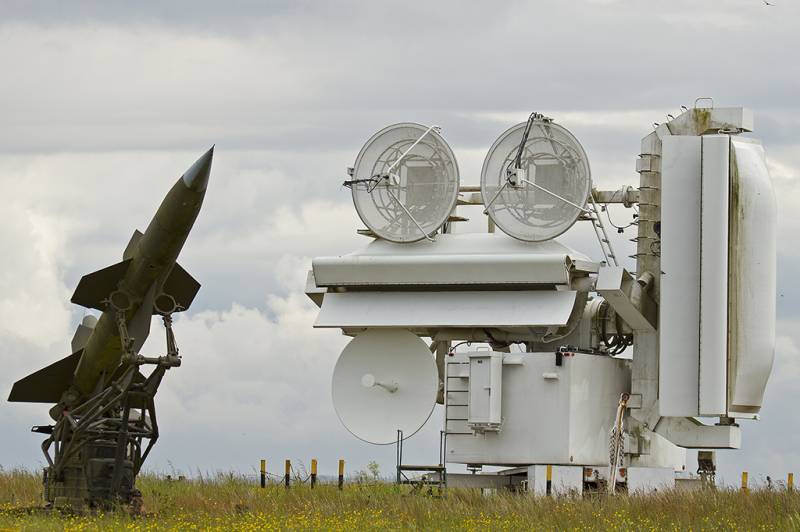
At the same time, due to the changes made to the location of the antennas, the appearance of the guidance station has changed significantly. Thanks to the use of modern element base, the operating costs of maintaining electronic equipment have significantly decreased, and the station itself has received new opportunities in terms of imitating other Soviet air defense systems. There is information that at least one guidance station SNR-125 low-altitude anti-aircraft missile complex C-125 was also refined.
Approximately 10 years ago, towed universal simulators, known as ARTS-V1 (English Advanced Radar Threat System – Variant 1 - the improved system version of the radar threat, version of the 1), appeared on American test sites. The equipment placed on the towed platforms, developed by Northrop Grumman, gives out radar radiation repeating the combat work of medium-range and short-range air defense systems: C-75, C-125, Osa, Tor, Cube and Buk.
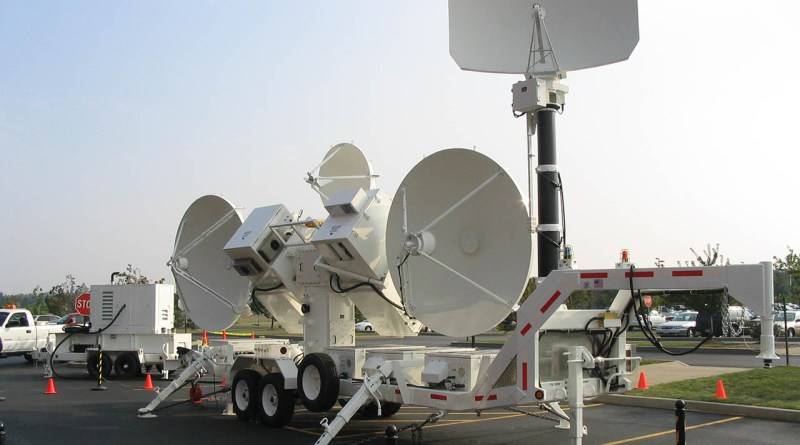
The equipment includes its own optical and radar tools capable of independently detecting and accompanying aircraft. In total, the US Department of Defense acquired 23 equipment set with a total value of $ 75 million, which allows it to be used during exercises not only in American territory, but also abroad.
According to information released by Lockheed Martin, this company received a contract worth $ 108 million for the supply of 20 mobile ARTS-V2 equipment sets, which should reproduce the radiation of long-range anti-aircraft missile systems. Although the type of air defense systems is not disclosed, apparently, we are talking about long-range air defense systems of the type C-300P, C-300B, C-400 and Chinese HQ-9. According to American sources, research is currently being conducted on the creation of ARTS-V3, but so far there is no reliable information regarding this equipment.
I must say that this is not the first experience of Lockheed Martin in the development of electronic simulators of air defense systems. At the end of the 90-s, the company's specialists commissioned by the US Air Force created Smokie SAM fixed equipment, reproducing the combat work of the Cube self-propelled reconnaissance and guidance system and simulating the launch of anti-aircraft missiles using pyrotechnic devices.
This equipment is still in working condition and is being used at the Tolicha Peak Electronic Combat Range facility, located in the vicinity of Nellis airbase in Nevada.
The ESCO Technologies company in 2005 created the AN / VPQ-1 TRTG radar simulator, reproducing the work of the radar systems “Kub”, “Osa” and ZSU-23-4. Sufficiently compact equipment is located on the chassis of the all-terrain pick-up, which allows you to quickly transfer it to the training venue. The station has three transmitters operating at different frequencies, which are controlled by modern computational tools.
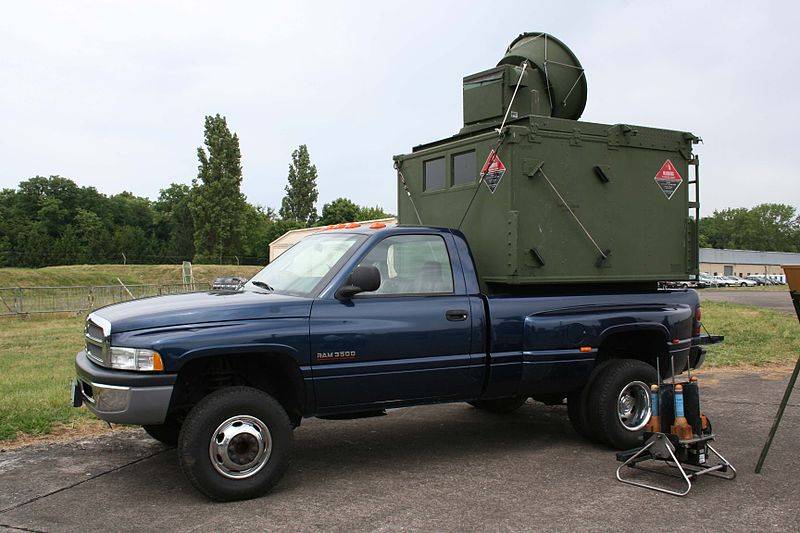
The radar simulator is used in conjunction with the GTR-18 Smokey unguided missiles, which visually mimic the launch of the missile defense system, which in turn makes it possible to bring the training environment as close as possible to the real one. Currently, AN / VPQ-1 TRTG mobile kits are in use at US and German test sites.
However, with the simultaneous creation of radar simulators, American experts are not abandoning attempts to get modern air defense systems in service with Russia and countries that could potentially be among the opponents of the United States. More recently, it was reported that the US Department of Defense bought another three-coordinate radar combat mode 36D6М1-1 in Ukraine. The radar operating in the decimeter range is capable of detecting air targets at a distance of up to 360 km with high accuracy and is considered one of the best in its class. This station, leading its pedigree from the radar ST-68, produced Zaporozhye software "Iskra". The radars of this family were attached to the C-300P anti-aircraft missile regiments. After the collapse of the USSR, 36D6 radar stations produced in Ukraine were widely exported, including to Russia.
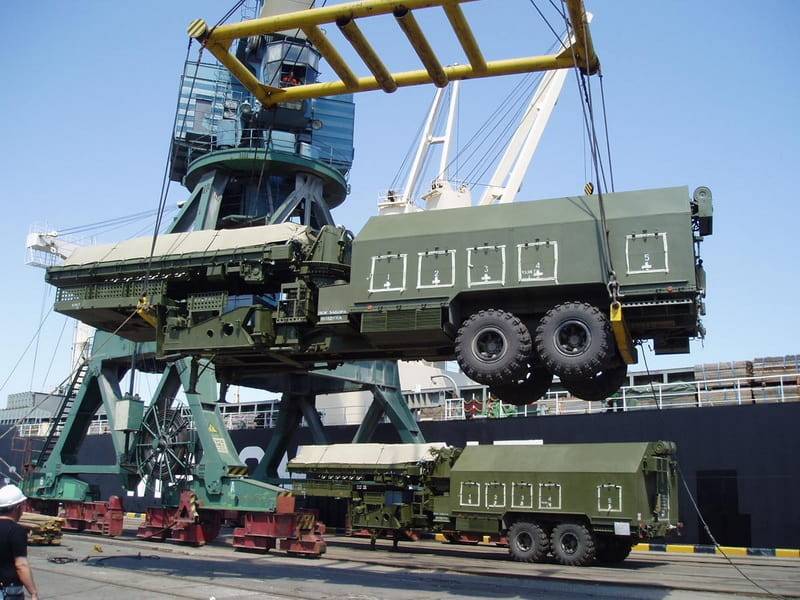
Ten years ago, Americans have already purchased one 36-XNNXX-6 radar. A number of Western experts then explained this by the fact that similar stations after the delivery of C-1PMU-300 may appear in Iran, and therefore it is necessary to test it in order to develop countermeasures. According to information published in the American media, the radar purchased in Ukraine was used during the tests of new F-2 cruise missiles and the F-35 fighter, as well as during aviation exercises based on Nellis. The Americans were primarily interested in the possibility of countering and masking radar equipment, working in conjunction with the C-300P. In what tests at the US test sites will the newly acquired radar 36D6М1-1 be used? However, there is no doubt that this station will not be idle.
Based on:
https://web.archive.org/web/20041016062714/http://www.army.mil/soldiers/dec1998/features/valid.html
https://andrei-bt.livejournal.com/312718.html
https://www.popularmechanics.com/military/weapons/a22746/tanks-wargames-vismods/
https://aftershock.news/?q=node/684814&full
https://www.lazygranch.com/sa.htm
https://www.ahntech.com/what-we-do/
http://www.ace-high-journal.eu/breitenbach.html
http://yorkshireairmuseum.org/latest-news/elvington-air-museum-air-defence-excercise/
http://www.pinsdaddy.com/electronic-combat-ranges
https://defpost.com/northrop-grumman-provide-advanced-electronic-warfare-simulation-capability-saudi-arabia/
https://forums.eagle.ru/showthread.php?p=3166702
http://airrecognition.com/index.php/archive-world-worldwide-news-air-force-aviation-aerospace-air-military-defence-industry/global-defense-security-news/global-news-2017/june/3530-lockheed-martin-wins-108-mn-contract-for-arts-v2-simulation-system-development.html
http://www.oocities.org/marksrealm/bases029.html
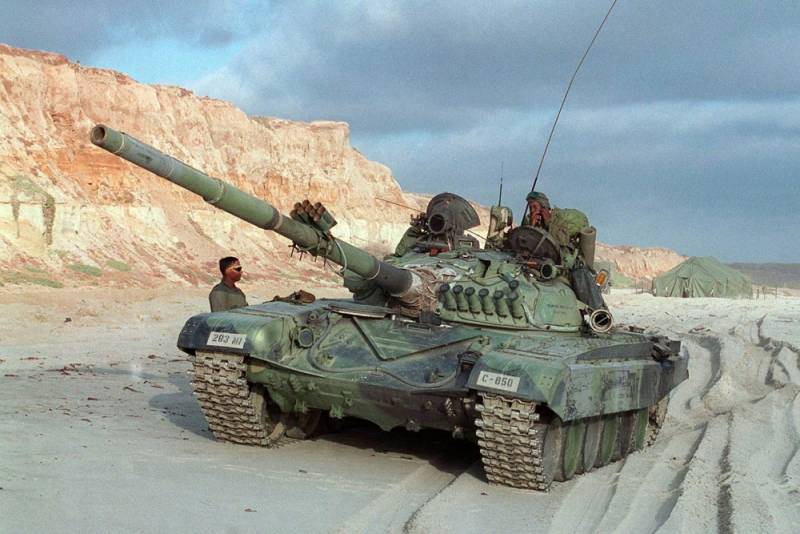
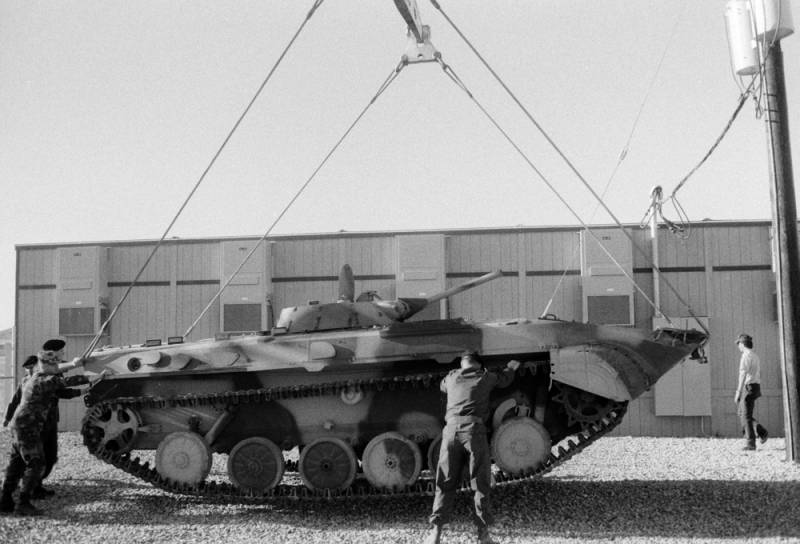
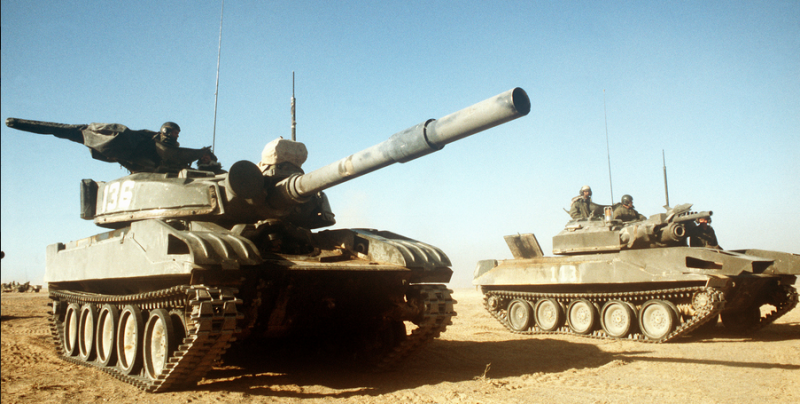
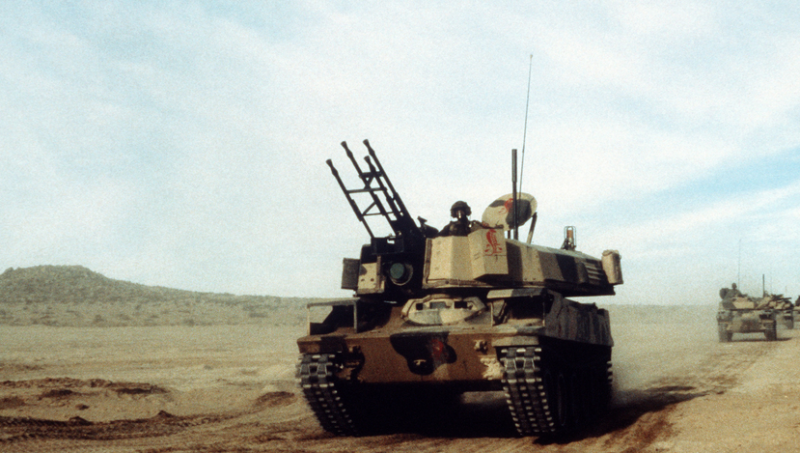
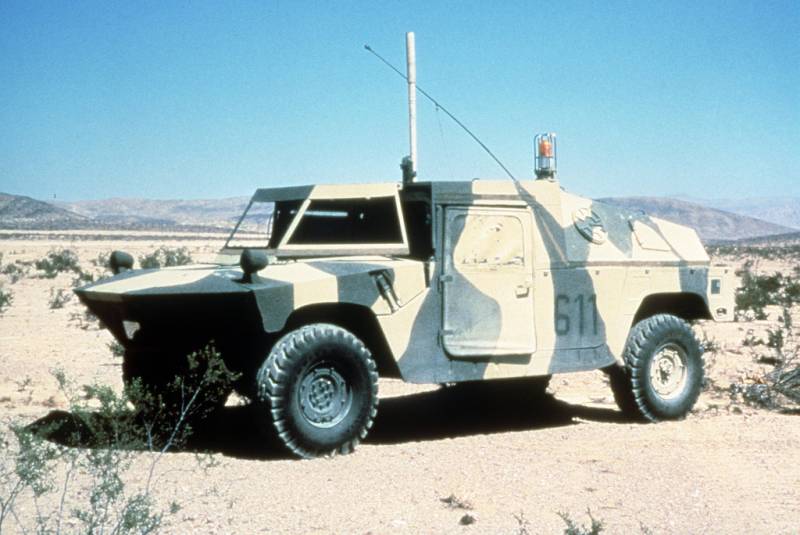
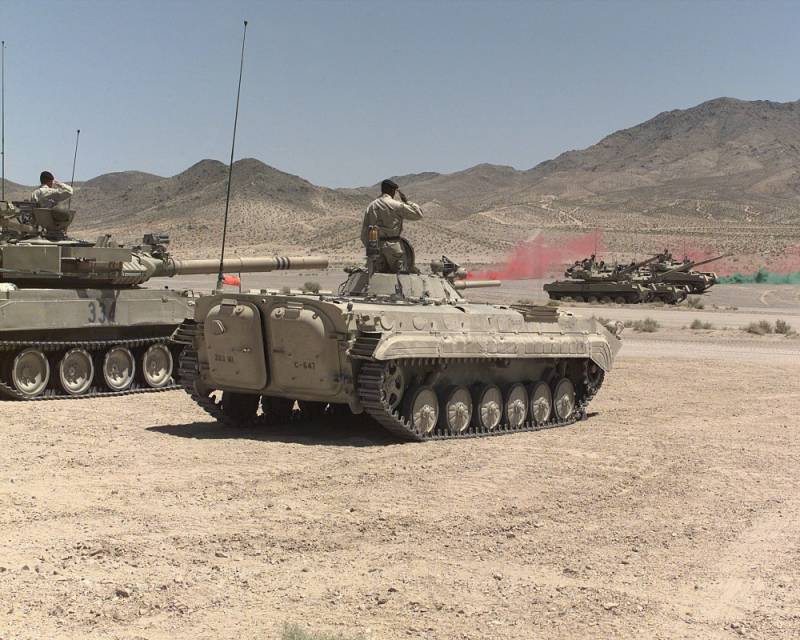
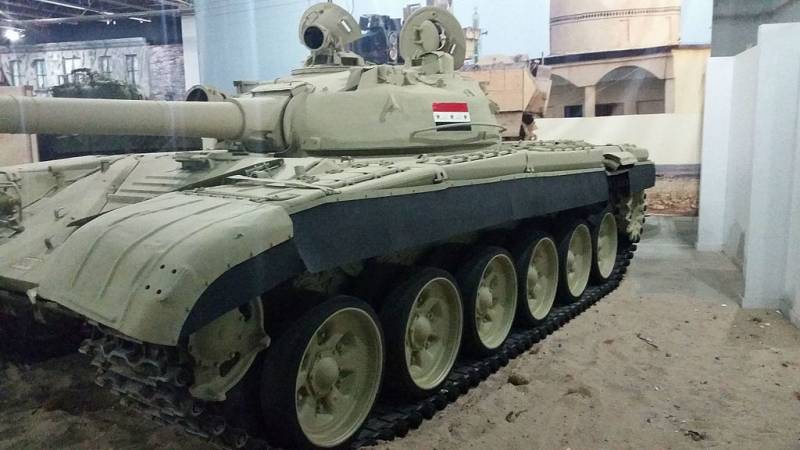
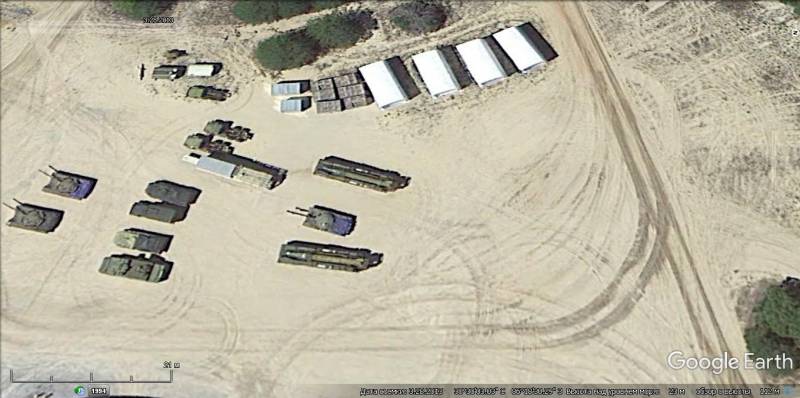
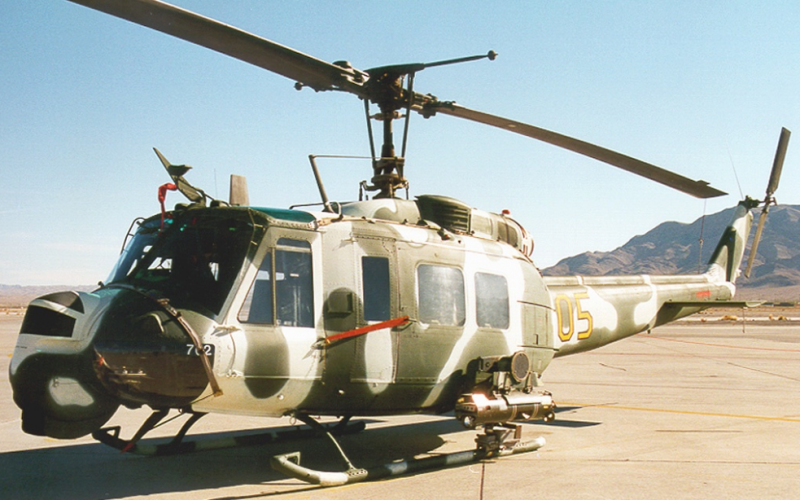
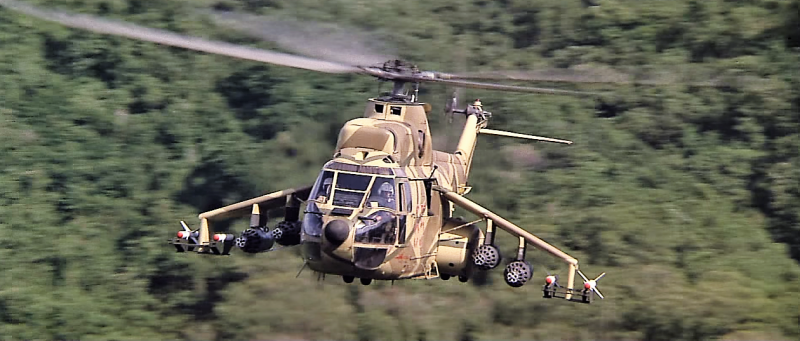
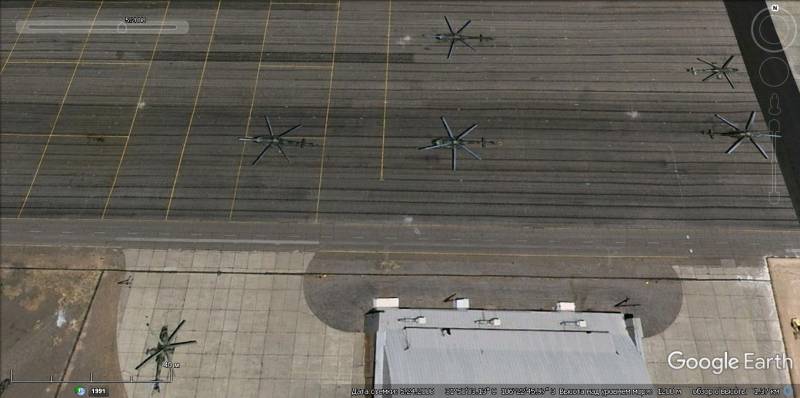
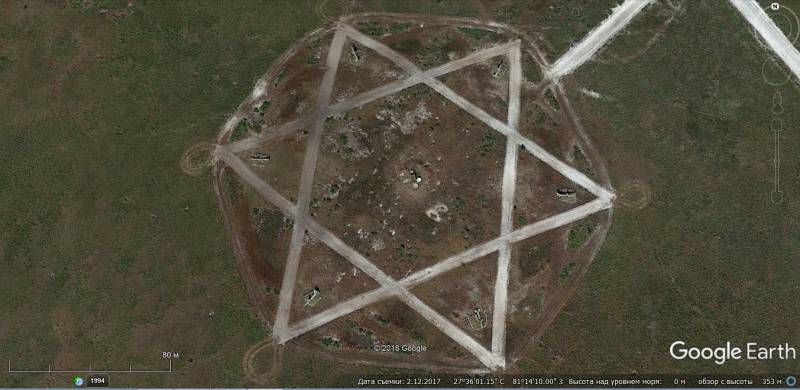
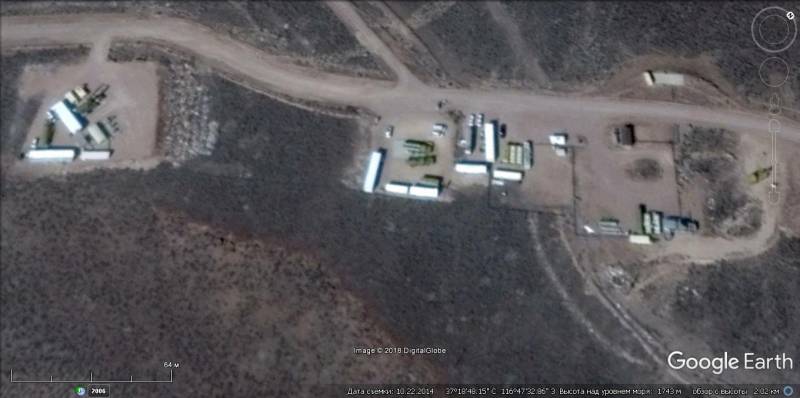
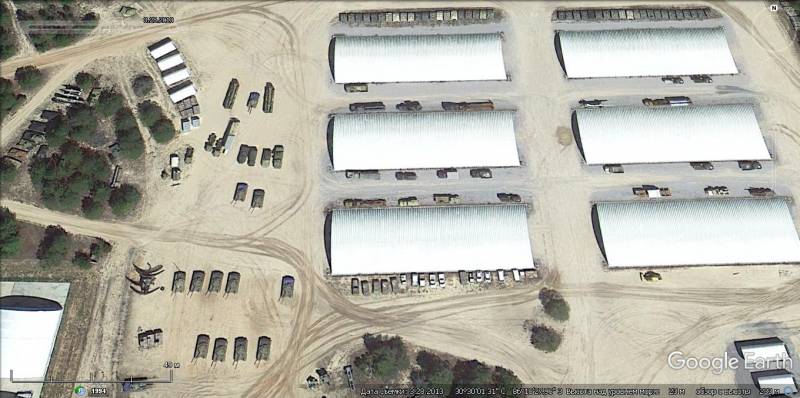

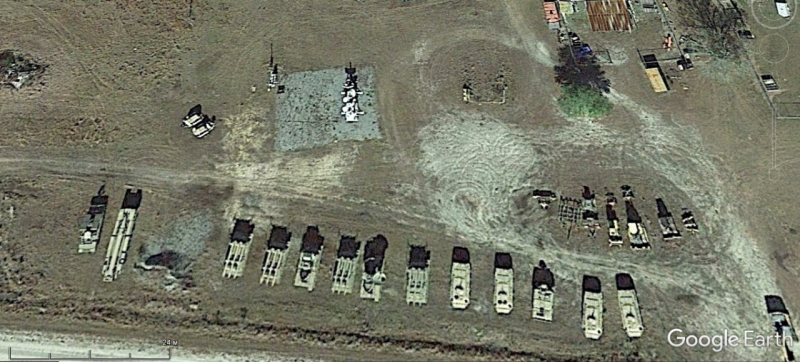
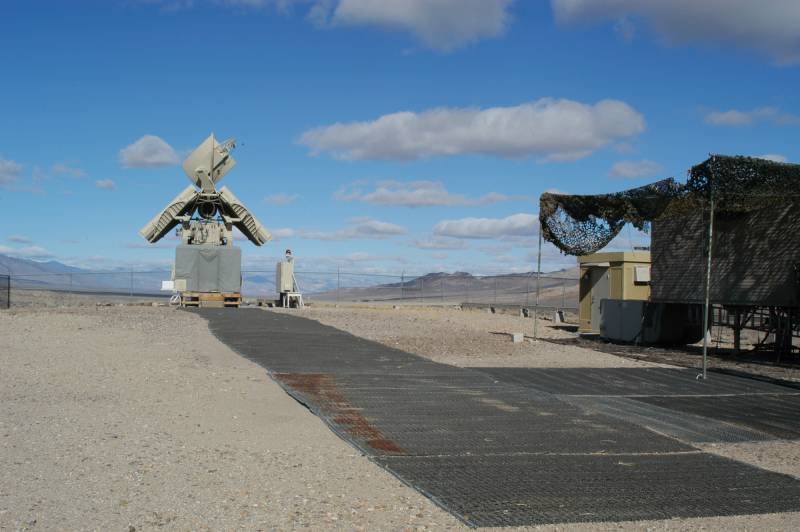
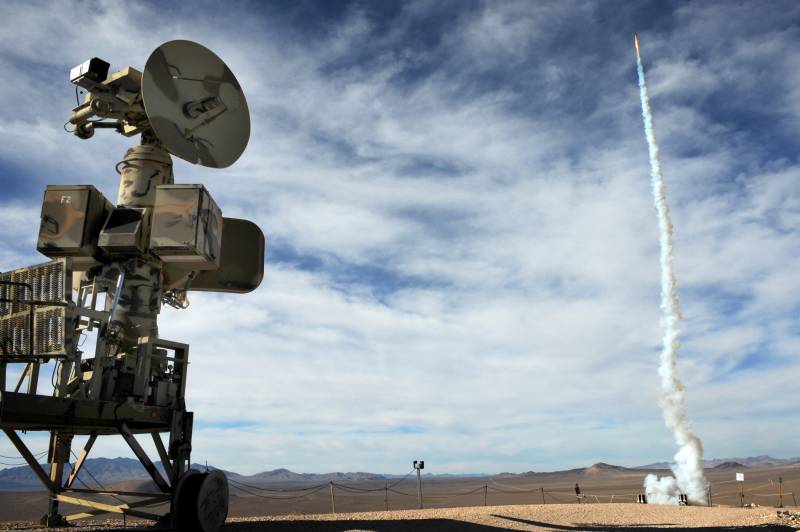
Information